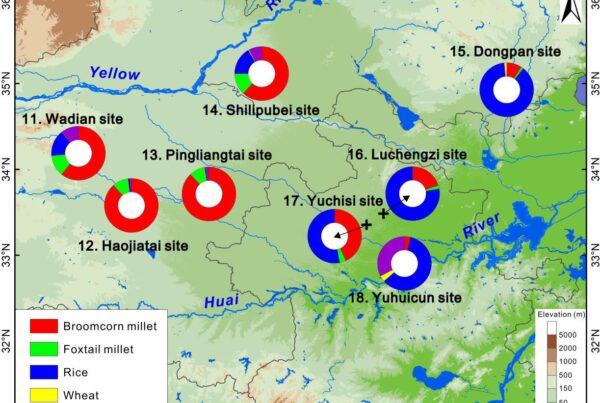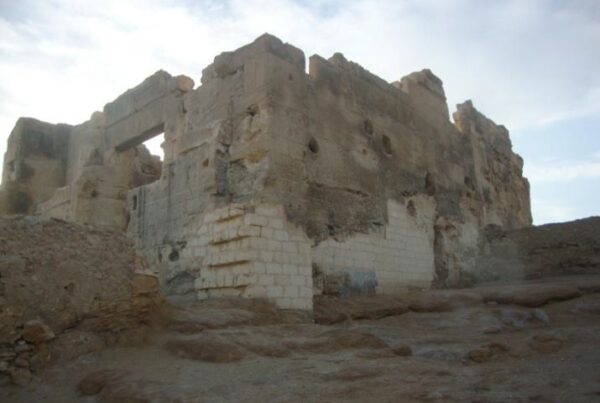by Serap Unal
ABSTRACT
Ceramic production from the Neolithic Period to the present is also an approximately 9000-year-old tradition of Anatolia. As can be understood from the archaeological findings, the wheel pottery, which we can count as the first industrial production, has reached the present day, practically without distorting its style. With this aspect, it is an important cultural value. According to the studies, the pottery centers clustered in the “Göller Bölgesi”(Lakes Region), which stands out in terms of archaeological wealth, can be seen more in rural settlements without breaking their traditions, as in all of Anatolia. Doğanhisar, a sub-province of Konya city, is a typical pottery center in the “Göller Bölgesi” where traditional pottery production can be maintained despite the difficulties. Ceramic production, which can be sustained without spoiling its originality, is an important cultural heritage, with the transfer of knowledge in many disciplines from past to present. Doganhisar pottery has also been studied by taking into consideration the soil structure, rural dynamics and its contributions to the urban economy, especially its traditional and cultural characteristics. However, this cultural heritage has almost entered the process of extinction in Doğanhisar as in many parts of Anatolia. Within this period, Doğanhisar pottery tries to maintain its existence as a rural tradition and production style. Here we aim to ensure the sustainability of Doganhisar pottery by evaluated within the scope of the “Intangible Cultural Heritage” (ICH ) and to become a remarkable center as well as the archaeological values of the Lakes Region.
![]()



